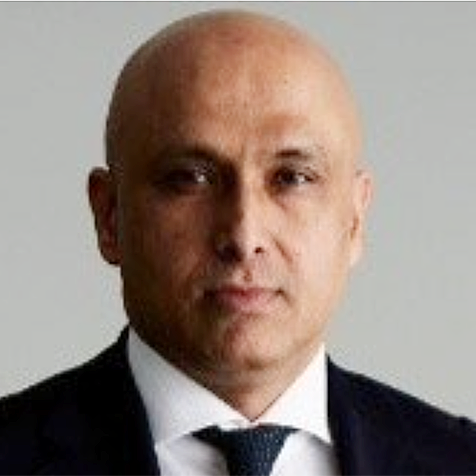SINGAPORE – Asia is showing increased appetite for so-called project bonds. Indonesia's second-largest independent power producer PT Paiton's successful debut as a project bond bodes well for Asia’s debt market. But are the fundamentals at play or is it sheer luck?
Rahim Khawaja, first vice president, project finance group, Asia at Sumitomo Mitsui Banking Corporation, speaking at The Asset 12th Asian Bond Markets Summit held at the Conrad in Singapore, certainly hopes it is both. “I hope we're third-time lucky with project bonds. We're very positive on the project bonds cycle right now in Asia,” he adds.
PT Paiton Energy took in US$9 billion in orders for its US$2 billion two-tranche issue. The deal was notable for being the first investment-grade bond, and the largest rated amortising international bond for an infrastructure project in Asia since 2000.
“Fundamentally, well-performing existing assets can to an extent replicate what Paiton did," says Kiyoshi Nishimura, chief executive officer, Credit Guarantee & Investment Facility. “There's a lot of interest now in project bonds. The global financial crisis killed the project bond market, but now it's emerging again. In terms of project bonds for Asean countries it has been limited to Malaysia,” he adds.
Paiton’s issuance marks a revival of interest in project bonds that had been running in cycles in the region. According to Khawaja, it is on its third now. But the bonds is an asset class of its own, given its unique characteristics. The amortising feature means that some of the principal is paid along with the coupon, unlike for a conventional bond, where the principal is repaid only at maturity.
Project bonds can provide an additional source of liquidity for projects, either by funding greenfield projects or more likely, by providing a refinancing option for projects after construction.
“When it comes to greenfield financing, the way forward is getting capital markets involved in greenfield financing,” says Nishimura.









